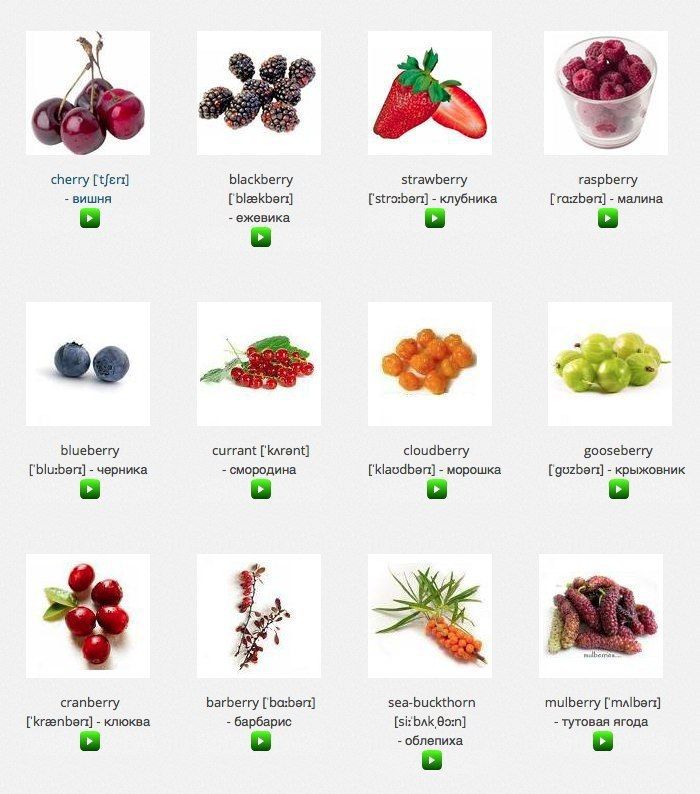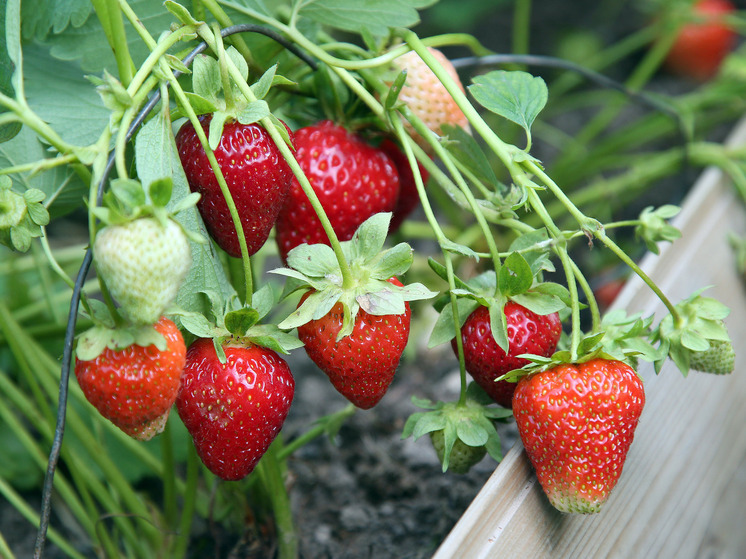
Strawberry and cherry prices surged in Russia

In June, the first summer month, the retail cost of strawberries rose by 24% and cherries by 38%, according to an analytics company tracking retail data. While June is known for high demand for these berries, the total volume of purchases by Russians actually decreased, suggesting that many consumers found the soaring prices unaffordable. Experts discussed the reasons behind the berry market situation and future price outlook.
Berry prices in Russia soared during the peak season in June, a trend reported by multiple analytics firms, though their figures differ. Check Index reported a 15% year-on-year increase for strawberries, averaging 835 rubles per kg. Cherries were up 11% at 585 rubles per kg, and blueberries increased by 11% to 1,500 rubles per kg. NTech, another research firm, reported sharper increases: 24% for strawberries (719.5 rubles/kg) and 38% for cherries (530.4 rubles/kg). This growth significantly outpaces Russia`s official inflation rate of 9.39% in June, with cherries rising four times faster and strawberries more than 2.5 times faster than general price levels.
June is considered a month of peak demand for berries. However, interestingly, this year the market situation was unusual. Strawberry purchase volume decreased by 9%, and cherries by 5% compared to last year, yet prices still rose.
Experts debated the reasons behind this trend. Ivan Petrov, Head of the Logistics Department at the Financial University, believes the main issue is high logistics costs. «Even for berries grown in traditional Russian regions, transportation and storage costs have increased by over 20%,» he noted. «Furthermore, a significant volume of berries is imported, and supply logistics are complicated, partly due to restricted routes because of sanctions, which substantially raises transportation costs and creates risks of product spoilage. All this is compensated through increased wholesale and retail prices.»
However, there`s another perspective. Natalia Milchakova, a lead analyst at Freedom Finance Global, suggests that the price increase for strawberries and cherries is mainly linked to weather. «Due to a cold start to May, there was a poor harvest of strawberries and cherries in southern Russia, leading to a reduced supply,» she explained. «The cold May also affected countries in the South Caucasus and Turkey, major sources of strawberry imports to Russia, so imports could not fully replace domestic produce. This situation occurred during a period of maximum berry demand.» The share of imports in the Russian berry market, including strawberries and cherries, is 58%, indicating a critical dependence on foreign supplies in this food sector. This acts as a «ticking time bomb» for prices: if imports decrease or there`s a poor domestic harvest, prices immediately surge.
According to Dmitry Leonov, Deputy Chairman of the Rusprodsoyuz association, the upward trend is seasonal: prices for strawberries typically start rising from the second half of June due to a seasonal decrease in supply. Russia`s self-sufficiency in berries and stone fruits is around 42%. «We have not yet reached the food security threshold of 60%,» the expert noted. «We import large quantities of fruits and berries, especially cherries, from abroad. The main cherry supplies to the Russian market arrive in June-July. Key suppliers are traditionally Uzbekistan, Azerbaijan, and Turkey.» Another factor influencing berry prices is the labor market situation. Irina Koziy, head of the «Berry Academy» project and CEO of FruitNews agency, adds, «The current price increase is due to a sharp rise in production costs. Difficulties with the entry of foreign workers have led to significantly more expensive labor. Transportation costs have increased, all necessary equipment and materials for farmers have become more expensive, and the cost of credit has risen.» Given the ongoing introduction of more restrictions, limitations, additional requirements, and fees that increase farming costs, it is most likely that production costs, and consequently product prices, will continue to grow in the future.











